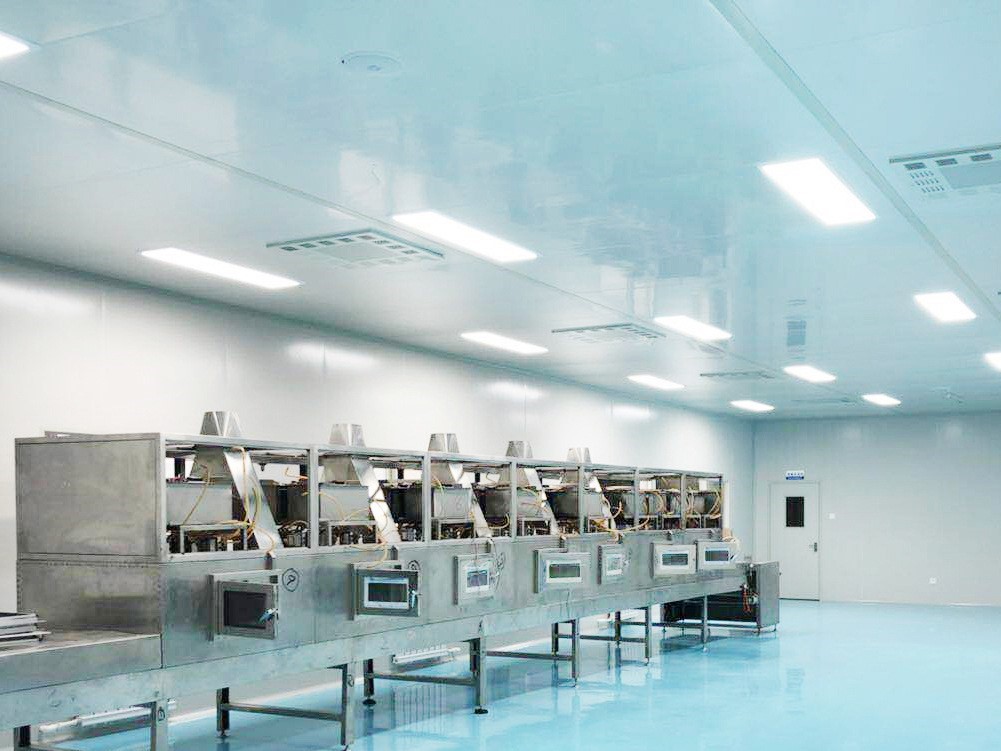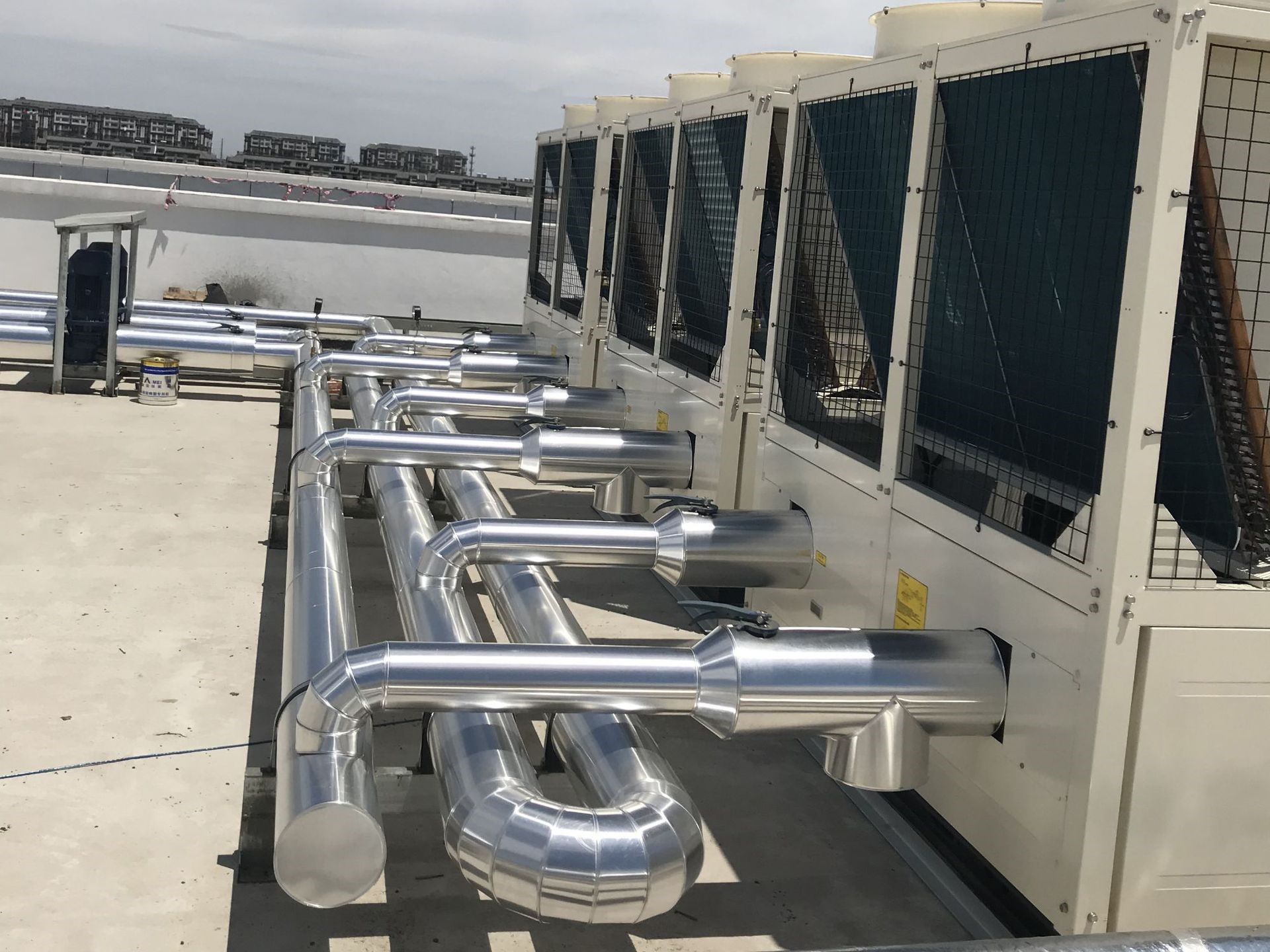

① The clean room is a large energy consumer. Its energy consumption includes the electricity, heat and cooling used by the production equipment in clean room, the power consumption, heat consumption and cooling load of the purification air conditioning system, the power consumption of the refrigeration unit and exhaust treatment. The power consumption and heat consumption of the device, the power consumption, heat consumption and cooling load of the preparation and transportation of various high-purity substances, the power consumption, heat consumption, cooling and lighting power consumption of various power public facilities. The energy consumption of clean room under the same area is 10 times that of an office building, or even greater. Some clean rooms in electronics industry require large spaces, large areas, and large volumes. With the development of science and technology, in order to meet the large-scale and high-reliability performance requirements of electronic product production, large-scale precision production equipment integrated with multiple processes for continuous production is often used. For this purpose, it needs to be arranged in a large building area, clean production area and upper and lower technology. The "mezzanine" is a large space and a combined large-scale clean room building.
② Corresponding transportation pipelines and necessary exhaust treatment facilities are often set up in clean rooms in electronics industry. These exhaust treatment facilities not only consume energy, but also increase the air supply volume of the clean room. Clean rooms for electronic products consume a lot of energy. The air purification facilities necessary to meet the clean production environment, including purification air conditioning systems and cooling and heating systems, consume a lot of energy. If the air cleanliness level requirements are strict, due to the clean air supply volume and large fresh air volume, so the energy consumption is large, and it operates continuously day and night almost every day throughout the year.
③Continuity of use of various energy-consuming facilities. In order to ensure the consistency of air cleanliness levels in various clean rooms, the stability of various indoor functional parameters, and the needs of product production processes, many clean rooms operate on-line, usually 24 hours a day and night. Due to the continuous operation of the clean room, power supply, cooling, heating, etc. must be scheduled according to the product production process requirements or production plan arrangements in clean room, and various energy sources can be supplied in a timely manner. In the energy consumption of various types of clean rooms, in addition to the energy supply of product production equipment and cooling water, high-purity substances, chemicals and special gases that are closely related to the product variety, the energy supply in clean room changes with the product variety and production process. A large proportion of the total energy consumption is the electricity and cooling (heat) energy consumption of refrigeration machines and purification air-conditioning systems.
④ According to the product production process requirements and environmental control requirements of clean rooms, whether in winter, transition season or summer, there is a demand for so-called "low-level thermal energy" with a temperature below 60℃. For example, the purification air conditioning system requires the supply of hot water of different temperatures to heat outdoor fresh air in winter and transition seasons, but the heat supply is different in different seasons. A large amount of pure water is mostly used in clean rooms for the production of electronic products. The hourly consumption of pure water in integrated circuit chip manufacturing and TFT-LCD panel manufacturing processes reaches hundreds of tons. In order to obtain the required quality of pure water, RO reverse osmosis technology is usually used. RO equipment requires the water temperature to be maintained at around 25°C, and often needs to supply hot water of a certain temperature. Research on some companies shows that in recent years, low-level heat energy in clean rooms, such as the condensation heat of refrigeration chillers, has been gradually used to provide low-temperature hot water around 40°C, replacing the original use of low-pressure steam or high-temperature hot water for heating/preheating and achieved obvious energy-saving and economic benefits. Therefore, clean rooms have both the "resources" of low-level heat sources and the demand for low-level heat energy. This is one of the important features of clean rooms that integrate and utilize low-level heat energy to reduce energy consumption.
Post time: Nov-14-2023

